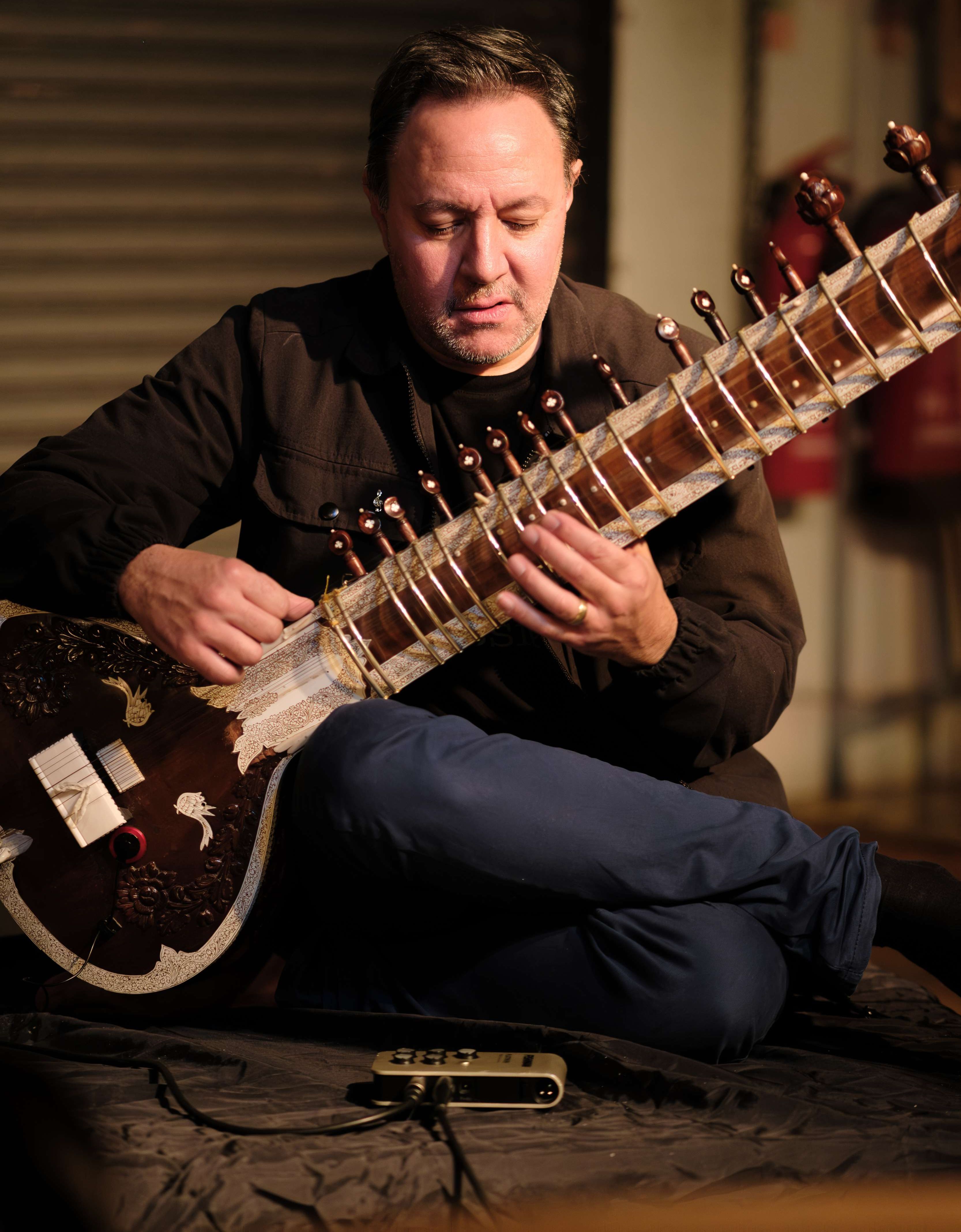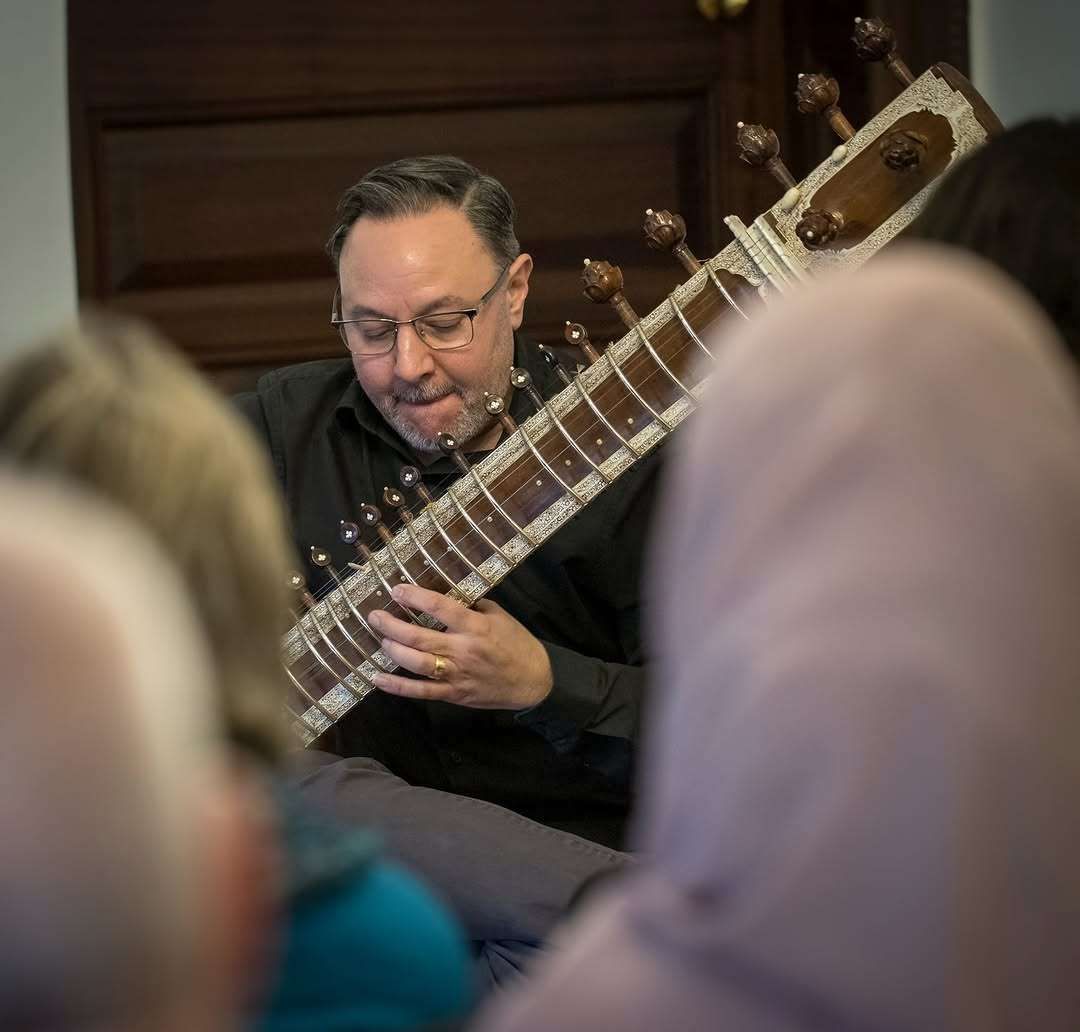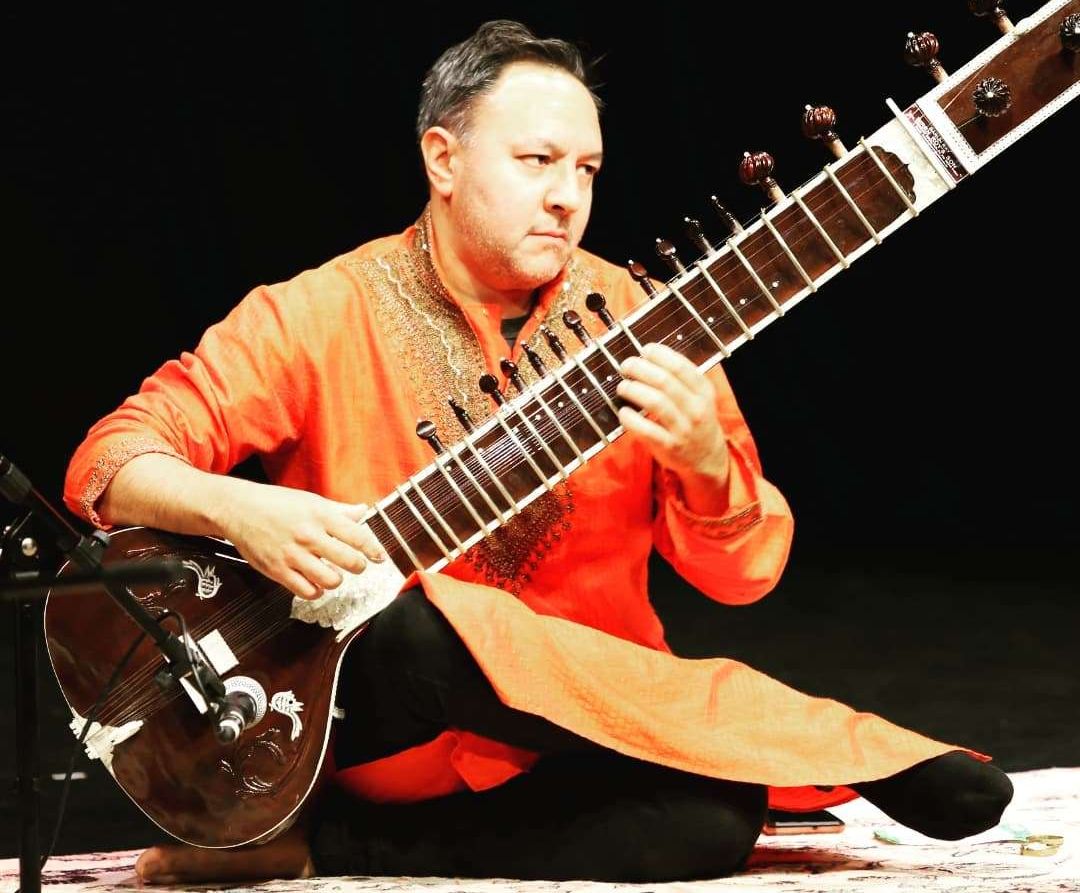SOUTHALL ‘PLAYED A ROLE IN INDIA-SET OCTOPUSSY’
by AMIT ROY
AJAY Chowdhury takes “scholars and worldwide enthusiasts” of James Bond movies on a guided tour of Mayfair to show how the world of the author Ian Fleming intersects with that of James Bond, his famous creation.
He makes it a point never to accept payment for what he describes as his “passion”.
If there is such a thing as a scholar of James Bond movies, then Chowdhury is that person. He is co-author, with Matthew Field, of Some Kind of Hero: The remarkable story of the James Bond Films which will be updated in April.
Chowdhury, who has been researching the background to the 007 movies for over 25 years, is also editor and spokesman for James Bond International fan club. He begins the tour on a sunny, warm day in London by setting out how so much of Bond is contained within a square mile of Mayfair.
“Today we are going to explore the haunts of Ian Fleming and the Bond film producers, Albert R ‘Cubby’ Broccoli and Harry Saltzman, and how these three lives intertwined serendipitously in the 1950s,” he says. “We dig deep not only into the fictional world of spies but actually the intersection with the real world of espionage.
“We are going to see Ian Fleming’s birthplace; we are going to see the homes of Cubby Broccoli and Harry Saltzman; we are going to see the offices and gaming clubs which they frequented; we are going to see the hotel, with real-life secret services links, where press launches were made. We are going to see locations which inspired the films; we are going to go around St James’s and the dining and sartorial haunts of Ian Fleming and Cubby and Harry.”
Starting with Casino Royale (1953), Fleming wrote 12 full-length James Bond novels, that also included Live and Let Die (1954); Moonraker (1955); Diamonds Are Forever (1956); From Russia, with Love (1957); Dr No (1958); Goldfinger (1959); Thunderball (1961); The Spy Who Loved Me (1962); On Her Majesty’s Secret Service (1963); You Only Live Twice (1964); and The Man with the Golden Gun (1965). For Your Eyes Only was a collection of short stories published in 1960, with such titles as From a View to a Kill; For Your Eyes Only; Quantum of Solace; Risico; and The Hildebrand Rarity.
Octopussy and The Living Daylights was the second collection of short stories, published posthumously in 1966 two years after the author’s death, with such titles as Octopussy; The Living Daylights; The Property of a Lady; and 007 in New York.
Although Fleming had been educated at Eton, he was adamant that Bond should not be a stereotypical Englishman with a received English pronunciation representing “the old school tie”, argues Chowdhury. During the war, Fleming, as director of naval intelligence, had set up “30AU” and wanted to cast Bond more in the mould of the rough and tough commandos who belonged to that assault unit between 1943-46. In the stories, Bond “is English but of Scottish and Swiss extraction”.
Fleming bought a home in Jamaica where he wrote his Bond stories and where his neighbour was the playwright Noël Coward. “Fleming was an internationalist, a man in many ways ahead of his time. He loved travelling around. He would sit with the Jamaicans or the Japanese and eat and drink what they were eating and drinking,” Chowdhury reveals.
Bond belonged to Blades, a fictional club based on Boodles in St James’s. Fleming dined at Boodle’s, as he also did at White’s, another nearby gentleman’s club.
Although Fleming did not include India in any of his stories, the film Octopussy was shot in Udaipur, Chowdhury points out.
He explains how the Indian connection came about: “Albert R Broccoli was a huge tennis fan and would often go to Wimbledon in the summer. It was there he made a connection with (the Indian tennis player) Vijay Amritraj, who then appeared as secret agent Vijay in Octopussy.”
Fleming had set the story in Jamaica, but Broccoli simply switched the setting to India to ensure that he continued playing tennis with Amritraj.
“Vijay Amritraj went on to become an ambassador for Unicef and worked closely on charity events with Roger Moore, who was Bond in Octopussy,” he adds.
The film’s costume designer, Emma Porteous, was born in Calcutta on June 26, 1936. Chowdhury found out that she “used to visit Southall to get Indian fabrics and Indian imagination. So the north Indian Punjabi community in Southall provided inspiration for the rather fanciful India of Octopussy.”





 Jonathan Mayer on the sitar and beyond Instagram/the_sitarist/ @sat_sim
Jonathan Mayer on the sitar and beyond Instagram/the_sitarist/ @sat_sim  Redefining Indian classical music with Jonathan Mayer Akil Wilson
Redefining Indian classical music with Jonathan Mayer Akil Wilson Jonathan Mayer on music without boundaries Instagram/the_sitarist/
Jonathan Mayer on music without boundaries Instagram/the_sitarist/ Jonathan Mayer on teaching and performing Indian music Instagram/
Jonathan Mayer on teaching and performing Indian music Instagram/ Jonathan Mayer about sitar as a voice of identityInstagram/
Jonathan Mayer about sitar as a voice of identityInstagram/






